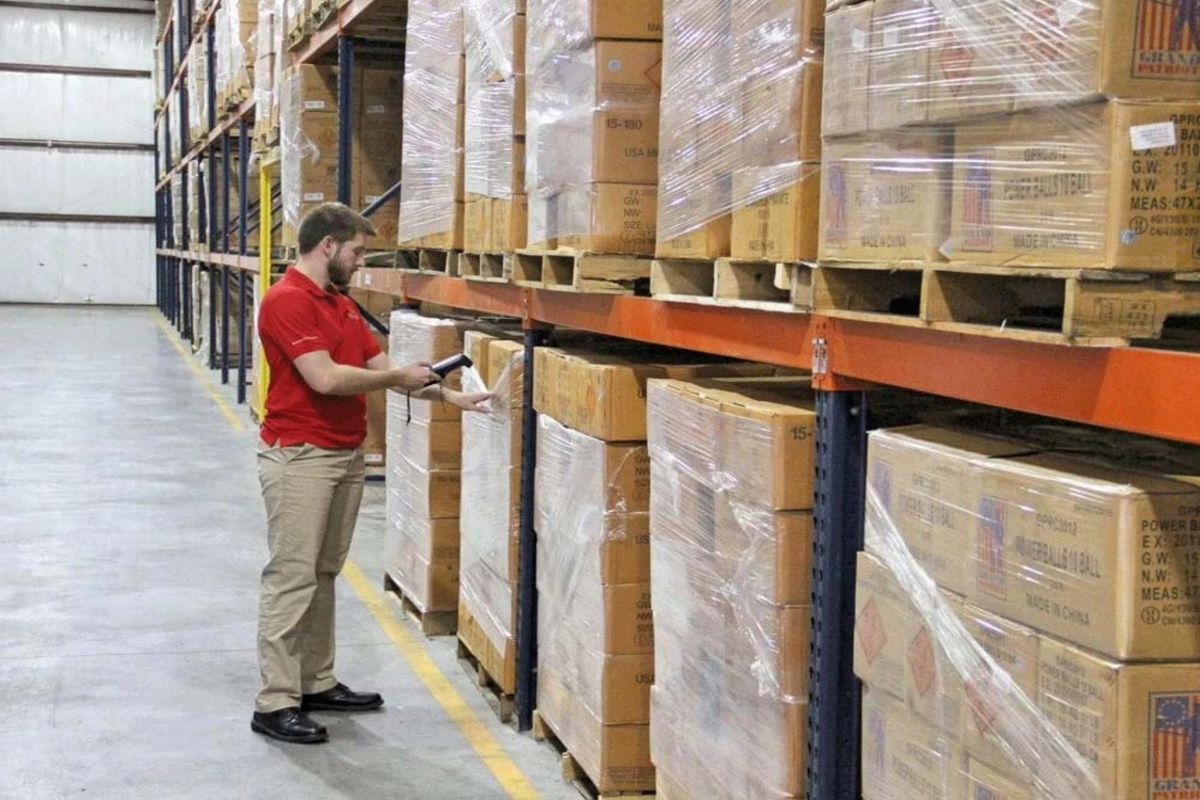Inventory management is crucial for businesses of all sizes. Among the various inventory management techniques available, cycle counting stands out as a popular method used by many businesses. But is it right for every company? Let’s explore the pros and cons of inventory cycle counting.
What is Inventory Cycle Counting?
Inventory cycle counting is a process where a subset of inventory items is counted on a specific day instead of conducting a full inventory count. These partial counts are usually done continuously throughout the year, ensuring that every item gets counted at least once during a set period.
Pros of Inventory Cycle Counting
Continuous Monitoring
One of the main advantages of cycle counting is that it allows businesses to continuously monitor their inventory. Since counts are spread out throughout the year, businesses can ensure that all items are accounted for, making it less likely for errors to accumulate over time.
Flexibility in Scheduling
Cycle counting offers flexibility. Instead of being condensed into a smaller time frame, the counts can span over a year or any other duration as deemed necessary by the business. This can significantly reduce the disruption to regular business operations that often comes with full inventory counts.
Prioritizing Fast-Moving Items
If there are specific products that move quickly and need more regular oversight, cycle counting is especially beneficial. Businesses can focus on these priority items and ensure they are counted more frequently. This approach ensures that fast-moving items are always on the radar, reducing the likelihood of stockouts or overstock situations.
Cons of Inventory Cycle Counting
Dependence on Warehouse Management Systems (WMS)
One major drawback to cycle counting is its dependence on accurate Warehouse Management Systems (WMS). If an item is not correctly listed in the system, there’s a risk it might not get cycle counted. A robust and up-to-date WMS is thus essential for effective cycle counting.
Potential for Missing Items
Cycle counting is driven primarily by item numbers. When the system directs staff to a location to count, it’s based on where the system believes the item should be. However, there are always those times when items get picked up and placed in a different location, maybe even haphazardly.
In such cases, if the system doesn’t recognize the new location, these items might get missed in the cycle count. Anyone familiar with warehouse operations knows these random relocations can and do happen, making this a genuine concern.
Cycle Counting vs. Full Physical Inventory
While cycle counting has its pros, it’s essential to remember that it also has its cons, and it isn’t a replacement for a full physical inventory.
A comprehensive physical count can account for those items that might be missed in the cycle counting due to unexpected relocations or WMS errors. Therefore, while cycle counting can reduce the frequency of full inventory counts, it shouldn’t entirely replace them.
Conclusion
Inventory cycle counting offers many benefits, such as continuous monitoring, flexibility, and the ability to prioritize fast-moving items. However, businesses must be aware of its challenges, particularly the dependence on accurate WMS and the potential for missing items.
Balancing cycle counting with occasional full physical inventories might be the key to optimal inventory management for many businesses. If you’re considering implementing or adjusting your inventory management strategies, feel free to contact us for more insights and assistance.







